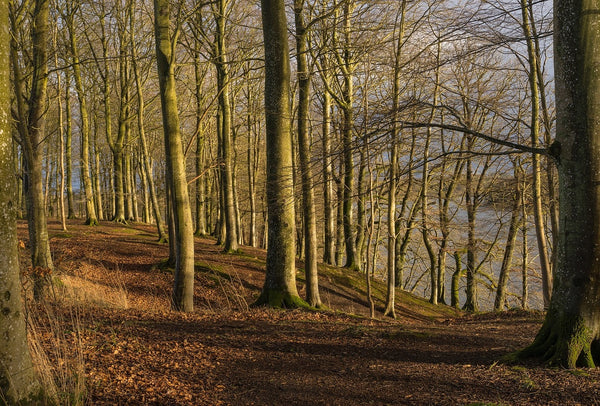
With winter fast approaching, it can be tempting to bunker down and prepare to stay indoors for the next few months. But despite the short days and bad weather, it's important to stay active and get as much time outdoors as possible. Cycling is a great way to do this, although it can be challenging. Here are a few tips for winter cycling which may help...
Winter Cycling Gear
Bike racer and cycling blogger Juliete Elliott points out that your feet are often the first things to feel the cold when you're cycling. She recommends layering a decent pair of cycling shoes with either waterproof socks or some warming merino socks, as well as a pair of waterproof overshoes.
Invest some time to find a decent pair of gloves that will keep you warm, without impeding your movement.
Buy cycling-specific winter gear since this will have been designed with the shape and position of your body when it's on a bike in mind.
Dressing for winter cycling is all about layers. Start with a base layer of thermal bib tights and a wicking thermal vest or long sleeved top, then build from there. Remember you'll heat up as you cycle, so it's a good rule of thumb to dress so that you're slightly cool when you start the ride.
Winter Cycling Gear Essentials: waterproof jacket, thermal bib tights, thermal base layer top or vest, windproof sweater, overshoes, windproof gloves, and clear or lightly tinted glasses (to keep rain out of your eyes).
Winter Cycling Tips
Be sure to winter-proof your bike. Fit mudguards to prevent mud and water from puddles being splashed up your back, as this will not only ruin your clothes but can make you pretty cold too.
Remember your traction is limited on wet roads, so think ahead and stay safe. Brake before turning, and lean your bike, rather than your body, as this makes it easier to correct any potential skids. Remember that surfaces like metal, cobblestones, and paint can be very slick when wet, so watch out for them.
Have lights with you at all times. Gloomy and overcast days can be pretty dim, and with night setting in ever earlier you may be caught out in darkness. Get some small, bright LED lights and make sure they're fully charged before each ride.
Hone your skills, take care on wet or icy days, and be prepared. Cycling in winter is definitely more challenging, but it's great practice and can help make you a better cyclist. So get out there!